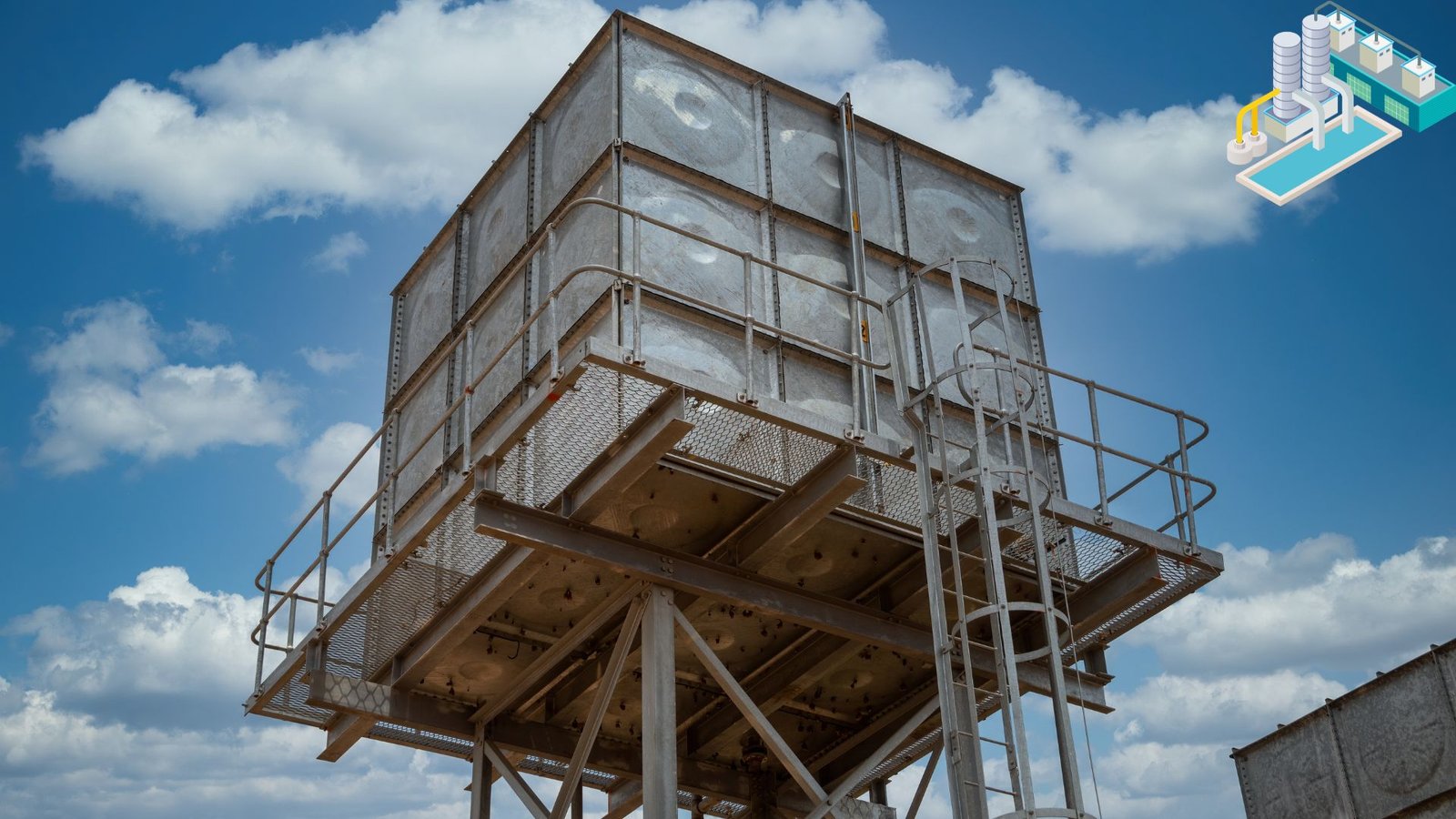Pro Ways To Keep Your Water Storage Tank Clean and Well-maintained
3 min readEnsuring the cleanliness and maintenance of your water storage tank is not just a task, it’s a responsibility. Regularly clearing sediments, preventing pathogens, and maintaining their fitness for daily use are crucial steps. Weekly checks for contamination, leakage, and other damages, along with plumbing system examinations and water quality inspections, are all part of this responsibility. By using locks and filters, you can protect these measures. If not, here’s a step-by-step cleaning guide that you can follow.

Five steps to keep your water storage tank clean
- Draining—Drain the tank to reach the interior surface for cleaning, maintenance, or inspection.
- Scrubbing—To scrub the interior of the tank, you must apply any non-toxic cleaner that will get rid of the builder or biofilm, providing a clean environment.
- Rinsing—To ensure that cleaner residues do not accumulate inside the water tank, flush it away by ringing it repeatedly with clean water. This will help avoid contamination of the water supply.
- Disinfectant—You must apply a safe disinfectant to the tank to reduce the chances of bacterial infection or remove the remaining microorganisms from the tank to obtain pure water.
- Final rinse—Rinse the tank one last time to remove all the chemicals before refilling the water storage tank.
Maintenance guide
- To prevent inconvenience, opt for a routine check-up and replace damaged water tank parts to solve minor issues.
- The water tank must be insulated during extreme weather conditions as temperature can damage that tank.
- Identify and repair the defect promptly; otherwise, a small crack can become a significant problem.
liquid-hydrocarbon-storage-tank-fires
Water quality monitoring
As a responsible homeowner, property manager, or individual, you have the power to ensure the safety of your water supply. Regularly testing the water quality of your Brisbane Water Tanks is a crucial step. Any change in taste or odour is a sign of contamination you can detect. When you notice a chemical imbalance or the presence of harmful chemicals, you can take immediate action. Stay informed about the local water quality guide and how it can impact your tank. By safeguarding your water supply and being aware of potential contamination and how it would be treated, you are taking control of your water’s safety.
Tips to Consider
- To act promptly during any emergency, you need to understand the built quality of your water storage tank, as different materials require different strategies. Thus, you can plan the cleaning, inspection, and repair processes accordingly.
- You must know about the tank capacity and water usage, as the higher usage rate requires frequent inspection. It would help if you also had a tailored solution for a large tank.
- To keep the water tank in a manageable position, it must be accessible for maintenance and examination. There should not be any obstruction, and you should always contact a professional for any serious issue.
- Keep a detailed record of the maintenance, inspection, and repair activities so that you can easily find the solution to the problem during crucial times.
cleaning-chemicals-tips-know-the-risks-safety-moment-9
Conclusion
Maintaining a clean, well-functioning water tank is essential for ensuring the safety and quality of your home’s water supply. By following the pro tips outlined in this guide, you can keep your tank in top shape and enjoy peace of mind knowing that your family is drinking clean, pure water.
Remember, regular inspections, scheduled cleanings, water quality monitoring, and proactive protection against contaminants are all crucial components of effective water tank maintenance. And don’t hesitate to seek professional support when needed to tackle more complex or specialized tasks.
Have good wellness and health guidance



